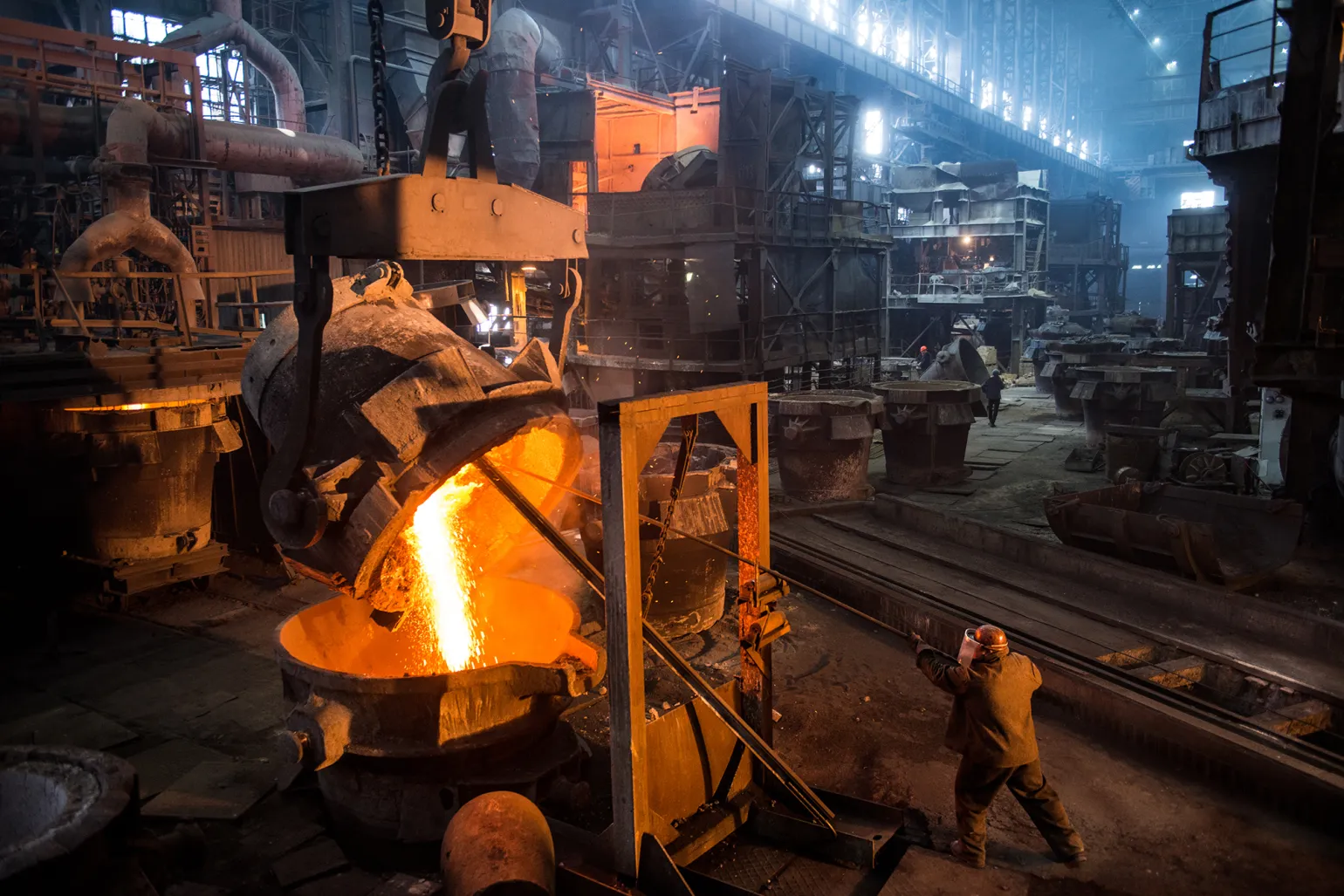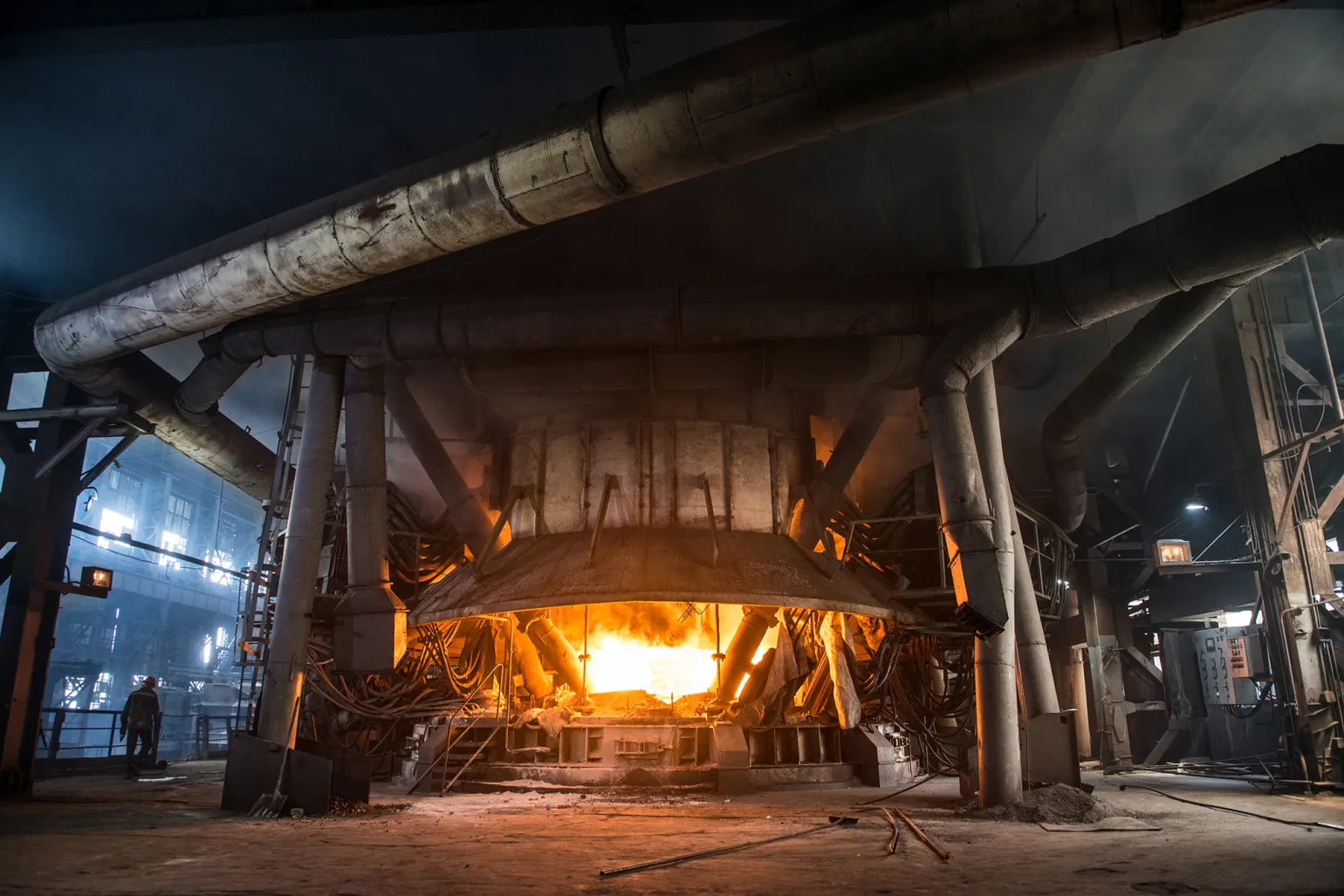Steel from Around the World: What Makes Them So Different?
Steel is an essential component of the global economy. According to the World Steel Association, global steel production reached a hefty 1.878 million tons in 2022 and 1.888 million tons in 2023, with China’s steel constituting the bulk of the world’s quality steel to date. India, Japan, the US, South Korea, and Europe’s steel also dominate the international market, with regions like Germany, Turkey, Brazil, Iran, and Italy contributing significantly as well.
Learn more about the diverse range of steel produced across the globe, along with differences in production methods, quality, and other key characteristics.

Steel manufacturing methods vary widely between the world’s largest steel-producing regions. In South Korea, steel production is a crucial part of the country's economy, characterised by advanced technology and efficient processes. Raw materials undergo intense scrutiny for quality before being smelted in massive blast furnaces of up to 1,500 degrees Celsius. Advanced refining techniques, such as basic oxygen or electric arc furnaces, further refine the molten iron into steel, adjusting its composition to meet precise specifications.
India, another major player in the global steel landscape, uses electric arc furnaces and scrap metals to reduce pollution and minimise resource usage while still producing quality steel outputs. Across the ocean, the UK adopts green steel practices by using hydrogen-powered furnaces and carbon capture systems to minimise carbon emissions and produce their British steel in a more environmentally friendly way.

China, the world’s most prolific producer, makes use of blast furnaces and ample coal reserves to generate its steel, although clean technologies like hydrogen steel-making and electric arc furnaces are being widely adopted. The USA takes a different route, using a combination of electric arc furnaces fuelled by scrap metal and blast furnaces to generate top-quality steels for industries like defence and aerospace travel.
Unsurprisingly, Japan steel leads the way with highly efficient, technologically innovative production techniques. Japan uses blast furnaces, integrated steel mills, and oxygen converters, which work together to import coal and transform iron ore into molten iron for steel-making purposes. The use of oxygen converters oxygenates the molten iron, refining it into steel in an exceptionally energy-efficient way.
The versatility of steel is largely determined by the process of alloying; adding specific elements to the core iron to improve its properties like strength, durability, and flexibility. Japan is known for its production of stainless steels, Advanced High-Strength Steels (AHSS) used in automotive production to reduce the weight of vehicles while improving their safety, and High-Strength Low-Alloy (HSLA) steels, which are lightweight yet highly robust.
China specialises in producing low-cost carbon steels, micro-alloyed steels containing vanadium and niobium for enhanced strength, and HSLA steels for use in the automotive and infrastructural industries. The UK leads in the manufacturing of Advanced High-Strength Steels (AHSS) - lightweight British steel used to boost the fuel efficiency of vehicles – as well as corrosion resistant steels and nickel-based steel alloys which are used for power generation machinery and aerospace equipment.
As a collective, Europe produces large quantities of Dual-Phase steels for automotive uses, Complex Phase steels for welding and construction, and stainless steels for a variety of applications, from medical to culinary and home uses. Outside of Europe, India specialises in producing cost-effective mild steels, HSLA steels, and stainless steels.The USA is known for its quality HSLA steels, heat resistant nickel-based alloys, and tool steels. These steels America produces are wear-resistant and used to produce cutting tools and moulds for a variety of essential industrial processes.
For overall strength, the strongest steel in the world is tool steel, which is exceptionally hard, wear-resistant, and heat-resistant. Cryogenic steels are also notably strong and designed to maintain their strength in tough environments with extreme temperatures such as liquid hydrogen tanks.
High-Carbon Tool steels (HCT steels) contain up to 2% carbon, offering hardness levels of up to 850HV through a heat treatment process. While its status as a steel is still under conjecture, chromium also offers exceptional hardness of up to 2,100HV on the Vickers Hardness scale.
In terms of ‘green steel’, UK steel is paving the way for the production of the cleanest steel in terms of carbon emissions. British steel companies have invested heavily in hydrogen-powered furnaces and carbon capture and storage technologies, enabling them to produce quality steel while minimising emission outputs. India, Japan, and EU member states are also adopting greener steel production methods, although further advances are needed due to a widespread dependence on outdated infrastructure and scrap metal imports.
The quality of steel can be assessed by many factors, from its strength, purity, mechanical properties, and micro-structure to its processing and general performance in specific applications. Generally, the nation’s known for making the best quality steel according to these benchmarks are Japan (known for its clean steel with consistent properties and high level of dimensional accuracy), Germany (renowned for its steel with excellent mechanical properties), and the USA, which produces high-performance and niche steel products for specific sectors like defence and aerospace engineering.
Steel quality varies widely from country to country based on the material inputs and manufacturing techniques used, the production methods native to each nation, and the end-use case for each specific steel produced.
While China’s steel is leading the global market in 2023, UK steel, the steel America produces, and Japan’s steel are close competitors due to their wide range of applications and exceptional durability and strength. Other regions, like the EU and India, are pioneering new techniques by adopting green technologies and production methods to limit their carbon emissions and secure a stable world economy for all.
For the best British steel, contact SPS for high quality products suitable to a range of industrial sectors, including construction, offshore, nuclear, and defence.